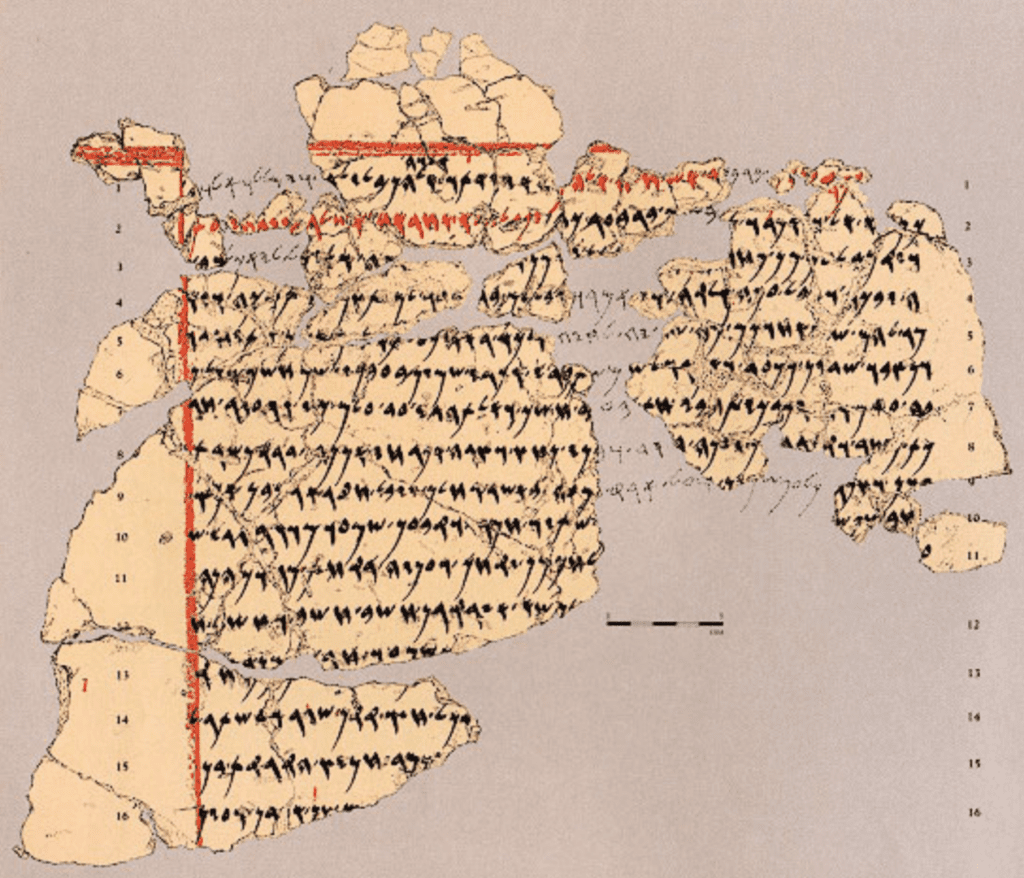The Deir Alla Inscription, also known as the Balaam Inscription, is an ancient text of significant historical and biblical importance. It was discovered in 1967 at the archaeological site of Deir Alla in Jordan. The inscription is written in a Canaanite dialect of Northwest Semitic language and dates back to the 8th century BCE, during the Iron Age.

The inscription consists of several fragments of a plaster wall, bearing inscriptions in red and black ink. The text is attributed to a seer or prophet named Balaam, who is mentioned in the biblical book of Numbers in the Old Testament. Balaam was known for his divination and association with the Moabite king, Balak.
The Deir Alla Inscription provides insights into the cultural and religious practices of the region during that period. It contains a mix of magical and religious elements, with references to deities such as El, Baal, and Asherah. The text also mentions visions and divine communication, similar to the biblical accounts associated with Balaam.
The inscription offers a rare glimpse into the beliefs and rituals of ancient societies in the Levant, and it sheds light on the religious diversity and syncretism of the time. It provides evidence of the worship of multiple deities and the interaction between different religious traditions.


